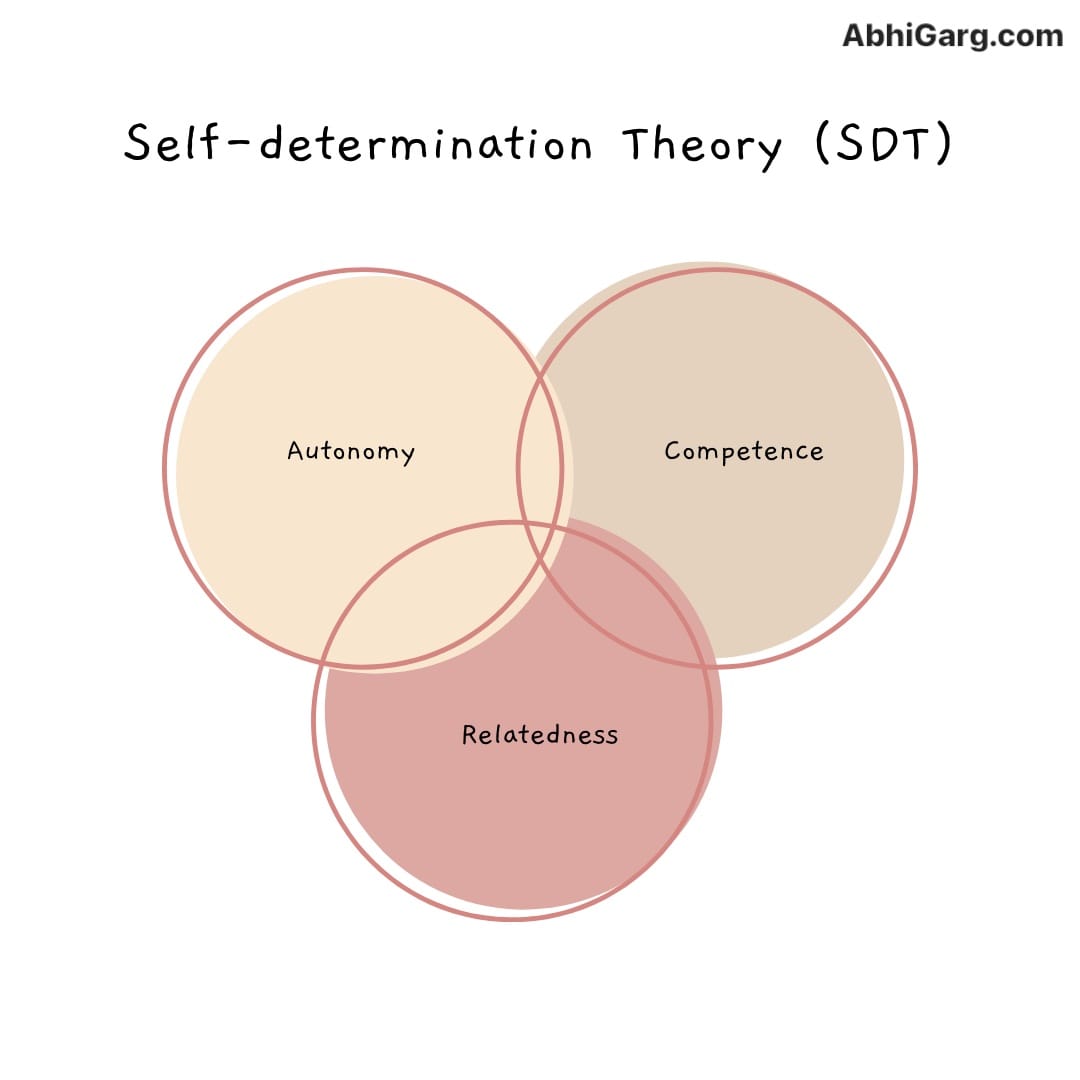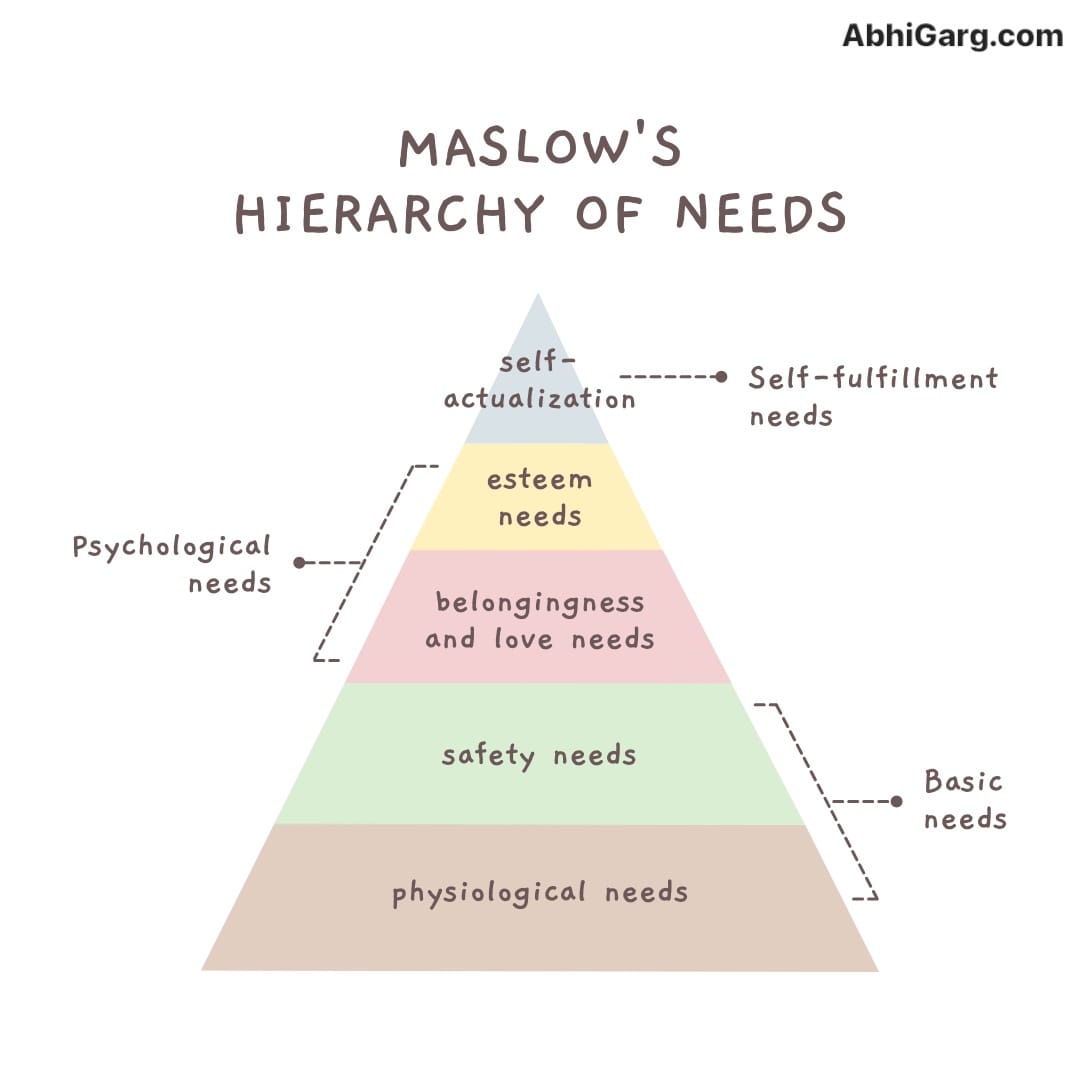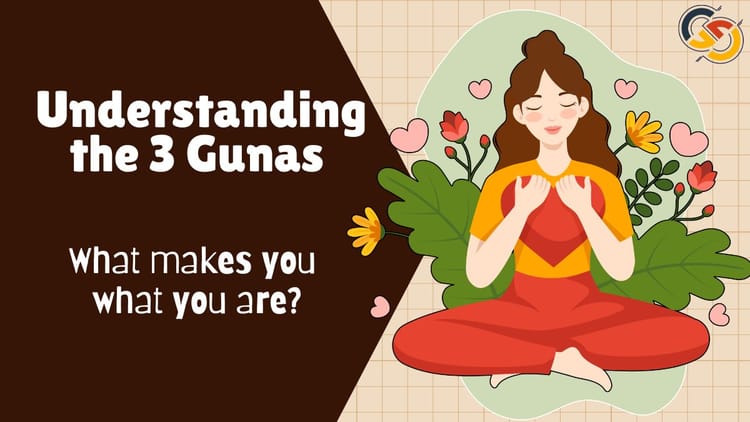The Ultimate Guide to Intrinsic and Extrinsic Motivation

Motivation is a powerful force that drives us to take action, pursue our goals, and overcome challenges. It plays a crucial role in our lives, from personal growth and relationships to academic and professional success. Understanding the different types of motivation and how they influence our behavior is essential for maximizing our potential and achieving our desired outcomes.
In this comprehensive blog post, we will explore the world of motivation, focusing on the two main types: intrinsic and extrinsic motivation. We will explore their definitions, key characteristics, real-life examples, benefits, and applications in various fields. By the end of this article, you will clearly understand how to harness the power of intrinsic and extrinsic motivation to drive success in your personal and professional life.
Understanding Motivation
Definition of Motivation
Motivation is the driving force that compels us to act and pursue our goals. It is the reason behind our behaviors, desires, and needs. Motivation can come from within (intrinsic) or external sources (extrinsic). It plays a vital role in our personal and professional lives, determining our engagement, persistence, and success in various endeavors.
Types of Motivation
Intrinsic Motivation
Intrinsic motivation refers to the drive to engage in an activity for its inherent satisfaction and enjoyment rather than for external rewards or consequences. Intrinsically motivated people pursue activities because they find them interesting, challenging, or personally fulfilling. Examples of intrinsic motivation include pursuing a hobby purely for the love of it, learning a new skill for personal growth, or volunteering to help others without expecting anything in return.
Extrinsic Motivation
On the other hand, extrinsic motivation refers to the drive to engage in an activity for external rewards or to avoid negative consequences. People who are extrinsically motivated pursue activities because of factors such as money, praise, grades, or avoiding punishment. Examples of extrinsic motivation include working overtime to earn a bonus, studying hard to get good grades, or exercising to lose weight and improve appearance.
Intrinsic Motivation
What is Intrinsic Motivation?
Intrinsic motivation is the inherent desire to engage in an activity for its own sake, without the need for external rewards or pressures. It is driven by the individual's genuine interest, curiosity, and enjoyment of the activity. The concept of intrinsic motivation has its roots in Self-Determination Theory (SDT), which suggests that people have innate psychological needs for autonomy, competence, and relatedness. Individuals experience enhanced. Intrinsic motivation and overall well-being when.
Examples of Intrinsic Motivation
Real-life examples of intrinsic motivation are abundant. A child who spends hours building Lego creations is intrinsically motivated, not for any reward but simply because they enjoy the process. Another example is an artist who pours their heart and soul into their work, driven by a deep passion for self-expression. Scientists who dedicate their lives to research, fueled by an insatiable curiosity to understand the world around them, are also intrinsically motivated.
Benefits of Intrinsic Motivation
Intrinsic motivation offers numerous benefits for individuals and society as a whole. When intrinsically motivated, people experience greater satisfaction, creativity, and persistence. They are more likely to take on challenges, learn from failures, and achieve long-term success. Moreover, intrinsic motivation fosters a love for learning, personal growth, and a deeper sense of fulfillment in life.
Sunk Cost Fallacy
Anchoring Bias
Confirmation Bias
Fundamental Attribution Error
Endowment Effect
Extrinsic Motivation
What is Extrinsic Motivation?
Extrinsic motivation refers to the drive to engage in an activity for external rewards or to avoid negative consequences. It is based on factors outside the individual, such as money, grades, praise, or punishment. Extrinsic motivation is often used when specific outcomes or behaviors are desired, such as in the workplace or educational institutions.
Examples of Extrinsic Motivation
Extrinsic motivation is prevalent in many aspects of our lives. An employee who works hard to earn a promotion or bonus is extrinsically motivated. Another example is a student who studies diligently to maintain a high GPA and secure scholarships. Athletes who train rigorously to win medals and fame are also extrinsically motivated.
Benefits of Extrinsic Motivation
While extrinsic motivation may not provide the same level of personal fulfillment as intrinsic motivation, it does offer certain benefits. External rewards can be powerful incentives to drive behavior and achieve specific goals. Extrinsic motivation can be particularly effective in the short term, helping individuals overcome initial barriers or resistance to an activity. It can also be useful when the activity is not enjoyable or interesting.
Intrinsic vs. Extrinsic Motivation
Comparing Intrinsic and Extrinsic Motivation
While intrinsic and extrinsic motivation can drive behavior, their underlying sources and long-term effects differ. Intrinsic motivation comes from within, driven by personal interest and enjoyment, while extrinsic motivation relies on external factors. Intrinsic motivation tends to be more sustainable, leading to greater satisfaction, creativity, and long-term success. On the other hand, extrinsic motivation can be effective in the short term but may not lead to the same level of personal fulfillment.
Which is Better?
Whether intrinsic or extrinsic motivation is better depends on the context and desired outcomes. In situations where personal growth, creativity, and long-term engagement are valued, intrinsic motivation is often more effective. However, in cases where specific behaviors or outcomes are required, such as meeting work deadlines or achieving academic targets, extrinsic motivation can be a useful tool. The key is to balance both types of motivation and use them strategically based on the situation at hand.
Application in Various Fields
Intrinsic vs. Extrinsic Motivation in the Workplace
In the workplace, both intrinsic and extrinsic motivation play important roles. Companies that foster intrinsic motivation by providing employees with autonomy, opportunities for growth, and a sense of purpose tend to have higher job satisfaction, creativity, and retention levels. Google, for example, is known for its employee-centric culture that encourages creativity and innovation. On the other hand, extrinsic motivators such as bonuses, promotions, and recognition can effectively drive short-term performance and achieve specific targets.
Education: Motivating Students
Balancing intrinsic and extrinsic motivation is crucial for student success in education. Teachers can foster intrinsic motivation by creating engaging learning experiences, providing choices, and encouraging curiosity. Project-based learning, gamification, and personalized feedback can help students develop a love for learning. However, extrinsic motivators such as grades, scholarships, and recognition can also be powerful incentives for students to put in the necessary effort and achieve their academic goals.
Sports and Exercise
In sports and exercise, both intrinsic and extrinsic motivation can drive performance and adherence. Athletes intrinsically motivated by their love for the sport, the desire to master new skills, and the joy of competition tend to have greater long-term success and resilience. However, extrinsic motivators such as medals, sponsorships, and social recognition can also provide a powerful drive to excel. For the general population, extrinsic motivators such as fitness goals, social support, and rewards can effectively encourage regular exercise habits.
Psychological Perspectives - Theories of Motivation

Self-determination theory (SDT)
Self-determination Theory is a prominent framework that distinguishes intrinsic and extrinsic motivation. According to SDT, individuals have three basic psychological needs: autonomy, competence, and relatedness. When these needs are satisfied, individuals experience greater intrinsic motivation and overall well-being. On the other hand, Incentive Theory suggests that external rewards can be powerful motivators, particularly in the short term.
Maslow's Hierarchy of Needs
Maslow's Hierarchy of Needs is another well-known theory of motivation that highlights the role of intrinsic and extrinsic factors in driving human behavior. Developed by psychologist Abraham Maslow, this theory proposes that human needs can be organized into a hierarchy, with basic physiological needs at the bottom and self-actualization at the top. According to Maslow, individuals are motivated to satisfy their lower-level needs before progressing to higher-level needs.

The five levels of Maslow's Hierarchy of Needs are:
- Physiological needs: Basic requirements for survival, such as food, water, and shelter.
- Safety needs: The need for security, stability, and protection from harm.
- Love and belonging needs: The desire for social connections, friendships, and intimate relationships.
- Esteem needs: The need for respect, recognition, and a sense of accomplishment.
- Self-actualization needs: The desire to fulfill one's potential and achieve personal growth.
Maslow's theory suggests that extrinsic motivators, such as money and rewards, can help satisfy lower-level needs, while intrinsic motivation becomes increasingly important as individuals progress towards self-actualization. For example, an individual may be motivated by a high salary (an extrinsic motivator) to meet their physiological and safety needs. However, as they advance in their career and seek personal growth, intrinsic motivators such as job satisfaction, creativity, and a sense of purpose become more critical drivers of behavior.
Understanding Maslow's Hierarchy of Needs can help individuals and organizations create environments that support both intrinsic and extrinsic motivation. By addressing basic needs and providing opportunities for personal growth and self-actualization, leaders can foster a culture that encourages individuals to reach their full potential.
Research and Studies
Numerous studies have investigated the effects of intrinsic and extrinsic motivation on various outcomes. Research has consistently shown that intrinsic motivation is associated with greater creativity, persistence, and long-term success in multiple domains, including education, work, and sports. However, studies have also highlighted the potential benefits of extrinsic motivation in certain contexts, such as promoting health behaviors or improving short-term performance.
Practical Tips and Strategies
Boosting Intrinsic Motivation
To enhance intrinsic motivation, individuals can focus on activities that align with their interests, values, and strengths. Setting meaningful goals, seeking new challenges, and celebrating progress can also foster intrinsic motivation. Creating a supportive environment that provides autonomy, opportunities for growth, and a sense of belonging can further nurture intrinsic motivation.
Enhancing Extrinsic Motivation
To effectively use extrinsic motivation, it is important to choose meaningful, timely, and contingent rewards that are contingent upon the desired behavior. Providing clear expectations, feedback, and recognition can also enhance the effectiveness of extrinsic motivators. However, it is crucial to use extrinsic rewards judiciously and avoid undermining intrinsic motivation in the process.
Balancing Both Motivations
The key to optimal motivation is balancing intrinsic and extrinsic factors. By aligning external rewards with personal values and interests, individuals can harness the benefits of both types of motivation. Setting personally meaningful and externally rewarding goals, seeking out supportive environments, and regularly reflecting on progress can help individuals maintain a healthy balance of intrinsic and extrinsic motivation in their daily lives.
Conclusion
In conclusion, intrinsic and extrinsic motivation are distinct yet interconnected forces shaping our behavior and driving us toward our goals. Intrinsic motivation, fueled by personal interest and enjoyment, leads to greater creativity, persistence, and long-term success. Extrinsic motivation, driven by external rewards and consequences, can effectively promote short-term performance and achieve specific targets. Understanding the differences, benefits, and applications of both types of motivation is essential for optimizing our personal and professional growth.
FAQs
- What is the main difference between intrinsic and extrinsic motivation?
Intrinsic motivation comes from within, driven by personal interest and enjoyment in the activity. Extrinsic motivation, on the other hand, is driven by external factors such as rewards, punishments, or social pressure. - Can extrinsic rewards undermine intrinsic motivation?
Yes, excessive or poorly timed extrinsic rewards can sometimes undermine intrinsic motivation. This is known as the "overjustification effect," where individuals attribute their behavior to external factors rather than their intrinsic interest. - How can teachers foster intrinsic motivation in students?
Teachers can foster intrinsic motivation by creating engaging learning experiences, providing choices, encouraging curiosity, and offering personalized feedback. Strategies such as project-based learning and gamification can also help nurture intrinsic motivation. - What is the role of intrinsic motivation in the workplace?
Intrinsic motivation in the workplace leads to greater job satisfaction, creativity, and long-term commitment. Intrinsically motivated employees tend to be more engaged, productive, and resilient in facing challenges. - How can athletes benefit from extrinsic motivation?
Extrinsic motivators such as medals, sponsorships, and social recognition can empower athletes to excel and push their limits. However, to maintain long-term motivation, it is important to balance extrinsic rewards with intrinsic love for the sport. - What is the Self-Determination Theory (SDT)?
Self-determination theory (SDT) is a psychological framework that distinguishes intrinsic and extrinsic motivation. According to SDT, individuals have three basic psychological needs: autonomy, competence, and relatedness. When satisfied, these needs lead to greater intrinsic motivation and overall well-being. - How can individuals balance intrinsic and extrinsic motivation daily?
To balance intrinsic and extrinsic motivation, individuals can set goals aligning with their values and interests while considering external rewards. Seeking supportive environments, regularly reflecting on progress, and celebrating internal and external successes can help maintain a healthy motivational balance. - What are some examples of intrinsic motivation in daily life?
Examples of intrinsic motivation in daily life include pursuing a hobby for enjoyment, learning a new skill for personal growth, engaging in a creative project for self-expression, or helping others without expecting anything in return. - Can extrinsic motivation be beneficial in the long term?
While extrinsic motivation is often associated with short-term benefits, it can also be beneficial in the long term when used strategically. For example, extrinsic rewards can help individuals develop positive habits or persist through initial challenges, leading to greater intrinsic motivation.



